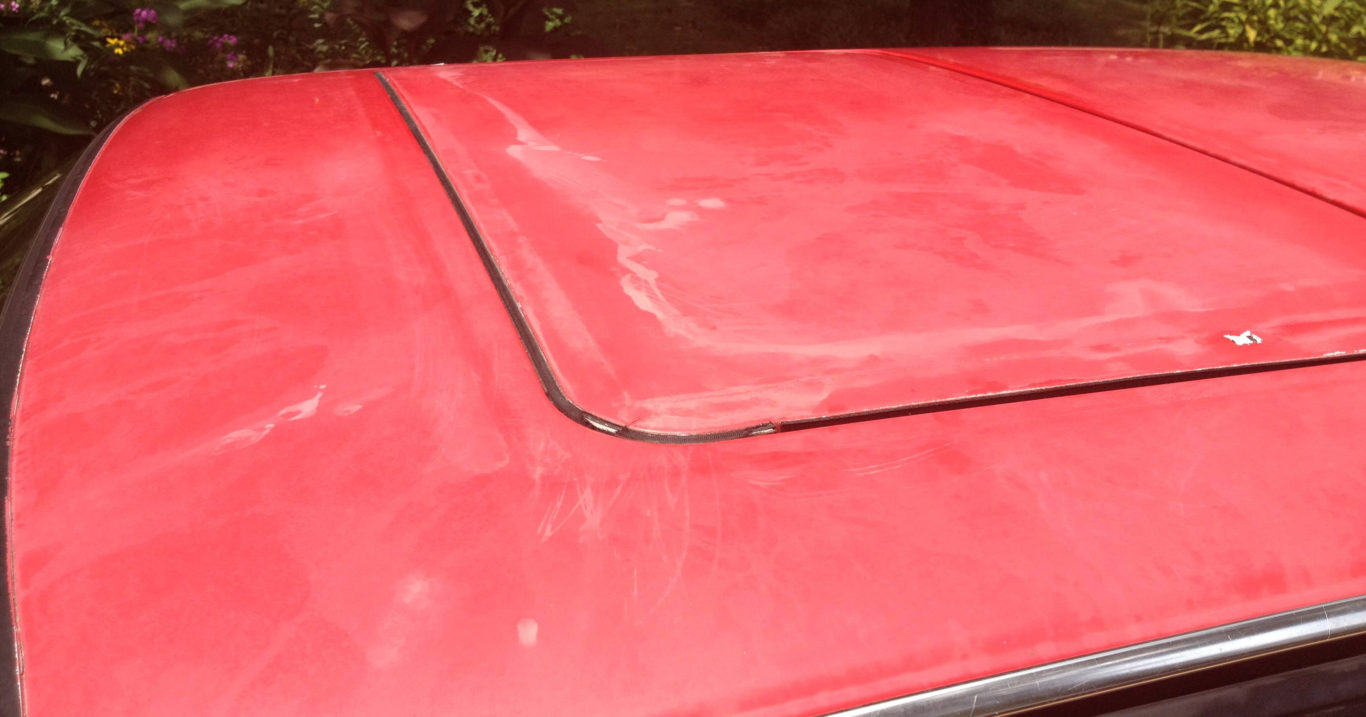
Repairing Oxidized Paint
And how to determine which method is right for you.
Oxidation can cause your car’s paint to look blemished or cloudy. Polishing your car at home can reverse the oxidation process and restore your car’s current paint job, without expensive auto shop repairs or re-sprays. Follow these instructions to remove paint oxidation, and restore your car’s beauty.
Step 1 – Choose the right type of polish
Wax polish will hide the effects of oxidation, but is only a temporary solution. If you are interested in a wax polish, choose a wax polisher pad that will improve the performance of your wax polish. Compound Polishes are designed specifically to remove oxidation by polishing off an extremely thin layer of the paint’s topcoat.
Step 2 – Clean and dry your car
Never polish a dirty or wet car. Polishing a dirty car will scratch the paint even more, possibly resulting in a finish that is worse than before you began. Make sure you allow your car to thoroughly dry, or your polish won’t be effective.
Step 3 – Choose your polishing method
Polishing by Hand: Polishing by hand gives you the most control over how much finish you remove, but you sacrifice some raw polishing power. If the oxidation of your car isn’t too severe, you might be able to get away with hand polishing.
Using a clean, lint-free cloth and a generous amount of compound polish will remove the white, milky oxidation. Work in a circular pattern until the polish is gone, and you are satisfied with your car’s appearance.
Circular Polisher: If polishing by hand won’t get the job done, consider using a circular polisher. Circular polishers (also known as rotary polishers) spin at fast speeds, allowing you to polish your vehicle in a straight motion. Circular polishers allow you to use a micro-fiber, buffing, or foam pad to clean the oxidation from your car. Although you can work in straight lines, try to confine your work to areas smaller than 25 square inches to prevent polish from drying on your car. The spinning action also generates heat, so keep the polisher moving at all times to avoid burning the paint
Orbital Polisher: Like circular polishers, orbital polishers require the use of special pads. Unlike circular polishers, orbital polishers don’t generate heat, so you don’t need to worry about burning the paint. Orbital polishers should be used in a circular motion. Use an orbital polisher in two steps. First, use a light-abrasive polish to get rid of the heavy oxidation. Follow the light-abrasive polish with a finishing polish to get a glossy finish. Consult the instruction manual to learn which speed setting is appropriate for your vehicle.
Getting rid of oxidized paint can be a tough job, and sometimes it is an impossible task to DIY. If you’re experiencing serious trouble with oxidized paint, give us a shout and we will have your car looking beautiful in no time.